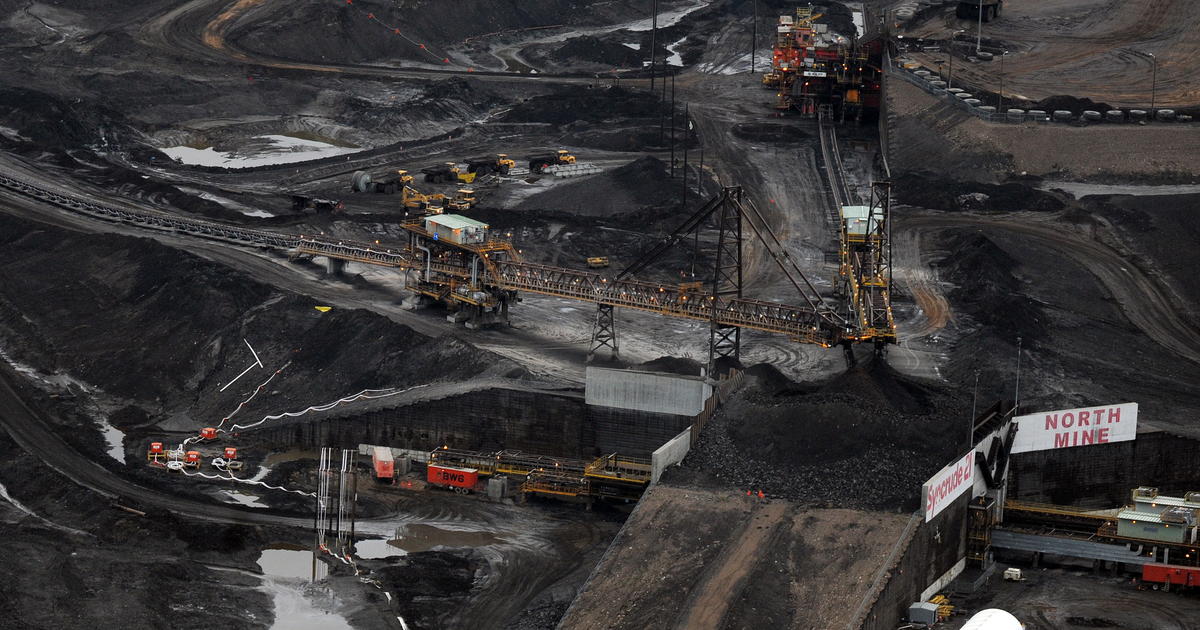JIS K2254 Shale Oil Distillation Testing
The JIS K2254 standard provides a method for determining the distillation characteristics of shale oil. This service is particularly relevant in sectors where the quality and performance of shale oil products are critical, such as in petrochemical industries, lubricant manufacturing, and fuel production.
Shale oil, derived from organic-rich shale rock, has gained significant attention due to its potential to meet future energy demands. The distillation process is a fundamental step in refining shale oil to extract various fractions with different boiling points. Understanding these characteristics allows for precise control of the refining process and ensures compliance with international standards.
The JIS K2254 method involves heating a sample of shale oil under controlled conditions, typically at an initial temperature of 170°C, until it reaches its final distillation point. During this process, the vapor is collected and condensed to measure the volume of each fraction produced at specific temperatures.
This testing methodology helps in identifying key properties such as boiling range, distillation efficiency, and the presence of impurities that could affect downstream processes or product quality. The results are crucial for optimizing production processes, ensuring product consistency, and meeting regulatory requirements.
| Distillation Range | Volume Fraction (%) |
|---|---|
| Initial Boiling Point (°C) | <170°C |
| Final Boiling Point (°C) | >350°C |
The distillation process can be complex, involving the separation of various hydrocarbon compounds. The JIS K2254 standard ensures that this process is conducted in a standardized manner to yield reliable and reproducible results.
- Initial boiling point: This indicates the lowest temperature at which any part of the sample begins to vaporize under the specified conditions.
- Final boiling point: This marks the highest temperature at which the last part of the sample vaporizes.
The accuracy and precision of JIS K2254 distillation testing are paramount in ensuring the quality of shale oil products. The method is widely recognized for its ability to provide detailed insights into the composition of shale oil, making it an essential tool for R&D engineers and compliance officers alike.
Scope and Methodology
The scope of JIS K2254 Shale Oil Distillation Testing is extensive. It covers the determination of distillation characteristics of shale oil samples, including initial boiling point, final boiling point, and volume fractions at various temperatures.
The methodology involves precise heating and cooling processes to ensure accurate measurement of the distillation points. The testing apparatus typically includes a distillation column with temperature-controlled heating elements and a condenser for capturing the vaporized components.
Specimen preparation is critical in this process. Samples must be representative of the shale oil being tested, free from contamination that could skew results. Once prepared, the samples are placed in the distillation apparatus and heated according to the specified procedure. The temperature is gradually increased until all fractions have been distilled off.
The collected fractions are then quantified using volumetric methods, ensuring that each volume fraction is accurately measured. The entire process is meticulously documented to ensure reproducibility and compliance with international standards.
Compliance officers and quality managers rely on this testing method to verify the consistency of shale oil products across production batches. R&D engineers use it to refine processes and improve product quality, while procurement teams ensure that only compliant materials are sourced for their operations.
Industry Applications
- Petrochemical industries: JIS K2254 testing is used to optimize production processes by providing detailed insights into the distillation characteristics of shale oil.
- Lubricant manufacturing: The method helps in ensuring that lubricants meet specific performance standards, enhancing product quality and reliability.
- Fuel production: By accurately determining the distillation range, this test ensures that fuels are produced within specified parameters, contributing to energy efficiency and environmental sustainability.
The table below illustrates the importance of JIS K2254 testing in various industries:
| Industry | Main Focus |
|---|---|
| Petrochemical industries | Optimizing production processes to enhance efficiency and quality. |
| Lubricant manufacturing | Ensuring product performance meets regulatory standards. |
| Fuel production | Producing fuels within specified parameters for energy efficiency and environmental compliance. |
The results of JIS K2254 testing are invaluable in these industries, as they provide a clear picture of the distillation characteristics of shale oil. This information is crucial for quality control, process optimization, and meeting stringent regulatory requirements.
Quality and Reliability Assurance
The reliability and accuracy of JIS K2254 testing are essential for maintaining high standards in the production and use of shale oil. Quality assurance measures include regular calibration of equipment, standardization of procedures, and strict adherence to international standards such as ISO 9001.
- Regular calibration: Ensures that all instruments used in the testing process function accurately and consistently.
- Standardization of procedures: Minimizes variability in test results by ensuring everyone follows the same protocols.
- Adherence to international standards: Provides a benchmark for quality and reliability, ensuring consistency across different laboratories and regions.
The use of advanced instrumentation such as automated distillation apparatuses further enhances the precision and repeatability of JIS K2254 testing. These systems not only reduce human error but also provide real-time data that can be used to make informed decisions.
Quality managers rely on these tests to ensure product consistency, while compliance officers use them to verify adherence to regulatory requirements. The method is also crucial for R&D engineers in refining processes and improving product quality.





